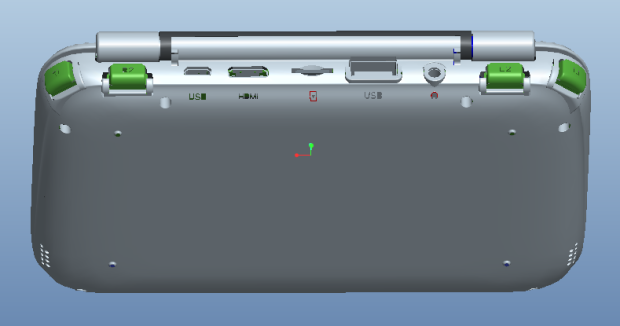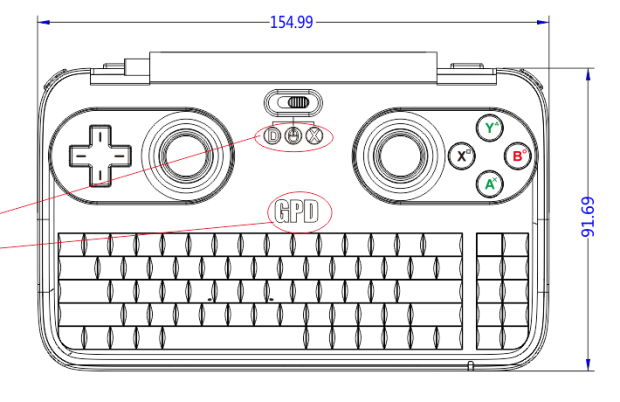I don't agree with the 'reserve processing power for short demand peaks' marketing excuse, especially not in the case of the Pandora or Pyra that are explicitly marketed as mobile computers, where e.g. make -j <number larger than 1> while downloading large files or running an emulator for hours is fully intended and advertised usage..
So, and how do you think we should fix that?
Use the OMAP3 for the Pandora or produce our own SoC?
Because there is NO SoC available otherwise that would work like that.
Besides, there is no problem with the peak usage, there is only a problem with users understanding it properly.
Every device has a limit of what it can run for an extended period of time without heating up.
You could either limit the SoC to that speed (so that it will never heat up) or you can allow the SoC to be run at full speed, but throttling it in case it gets too hot.
The second solution has no drawbacks compared to the first solution, it just has the improvement that it allows more power for short peaks, which helps with games that sometimes need an additional boost of power but only for a few seconds.
You should NEVER believe that when some advertisement of a mobile device tells you the CPU can run at 5GHz that it will do so for an extended period of time.
But compared to a different device that can run at max of 2GHz, it would still be better (in case the devices have the same limit for running extended periods of time without heating up).
Besides, telling an exact speed which a device can run with without heating up is not easily possible, it also heavily depends on the code.
Some functions need more CPU power than others, even if the run at the same clock speed.
It could be that one emulator can run a CPU with 1,2GHz without heating up while a different one heats up the CPU even when you limit it to 1GHz.
So, what would your solution be?
Sell devices telling they can run between 800MHz and 2GHz, depending on what you do?



